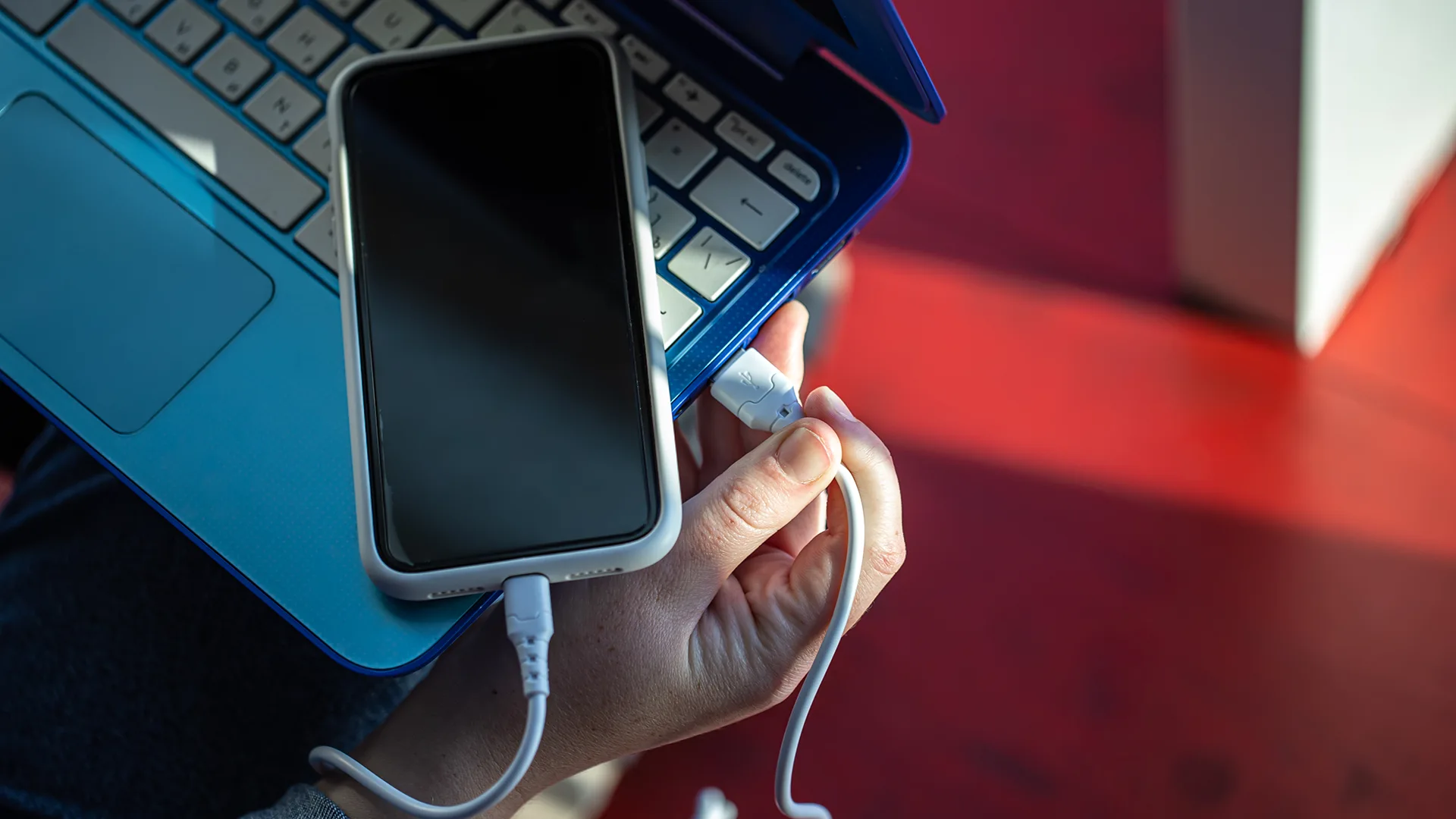
Newsletter Subscribe
Enter your email address below and subscribe to our newsletter

Enter your email address below and subscribe to our newsletter

If your iPhone always seems full or you can never find the file you just downloaded, you’re not alone. Most users rely on their phones for everything from documents and photos to videos and app data but rarely think about organizing them. Over time, files pile up, storage shrinks, and performance slows down.
Good file management is like good housekeeping. A few smart habits can make a huge difference in keeping your device clean, organized, and fast. Whether you’re a student, a professional, or just someone who loves staying clutter-free, mastering a few simple tricks can save time and frustration.
Having said that, here are some easy file management hacks that every iPhone user should know to keep their device running smoothly and efficiently. So, what’s the wait for? Dive into the article!
One of the biggest sources of confusion for iPhone users is figuring out where downloaded files actually go. Unlike computers, iPhones do not have a traditional “Downloads” folder that is easy to find. Instead, files often end up in the Files app, inside a location called “On My iPhone” or “iCloud Drive.”
If you’re unsure how to access these, check out guides like how to find downloads on iPhone on trusted sources like Setapp. It explains how to locate and manage files from apps like Safari, Mail, or third-party downloaders.
Ultimately, knowing where your files go means you won’t waste time searching or redownloading something you already have.
The Files app is more powerful than most people realize. It is your central hub for managing all files stored locally and across connected services like iCloud Drive, Google Drive, or Dropbox. Instead of letting everything pile up in one folder, create a few labeled subfolders for work, school, photos, or personal files.
Once you’ve set them up, drag and drop your files into the right places after downloading. You can even tag important files with colors for faster access. Regularly cleaning this app helps you avoid duplicates and keeps your digital workspace tidy.
Another advantage is that the Files app automatically syncs with iCloud if you enable it. That means your folders and documents stay backed up and accessible across all Apple devices — without needing to manually move anything.
Old downloads, app data, and cached files can take up a surprising amount of space over time. Regular cleanup keeps your iPhone performing well and ensures you always have room for what matters most.
Start by visiting Settings → iPhone Storage. You’ll see which apps use the most space and which files have not been touched in months. Delete what you no longer need, especially videos, offline content, or large attachments from messaging apps.
For apps you rarely use, consider offloading them. This option removes the app itself but keeps its data saved, so you can reinstall it later without losing anything. Clearing out unnecessary files not only improves storage but can also make your phone run faster and reduce clutter in your Files app.
Manual backups are easy to forget, but losing files because of a phone malfunction or accidental deletion can be stressful. Automating backups ensures your data is always safe without you having to think about it.
Use iCloud Backup under Settings → Apple ID → iCloud → iCloud Backup and toggle it on. Your iPhone will automatically back up your data daily when it is plugged in and connected to Wi-Fi. For extra security, use an additional service like Google Drive or Dropbox for files that are not synced through iCloud.
You can also set up automatic syncing for specific apps through the Files app, so updates or document edits are reflected across all devices instantly. Once this system is in place, you will never lose an important file again — even if your phone is lost or replaced.
Managing files on your iPhone does not have to be complicated. With a few smart habits, you can keep everything organized, accessible, and backed up. Start by understanding where your downloads go, use the Files app effectively, and make the most of cloud storage and automated backups.
Additionally, the trustworthy resources can help you make these steps even easier. Once you take control of your digital space, your phone will feel lighter, faster, and far less stressful to use — exactly how a modern iPhone should be.